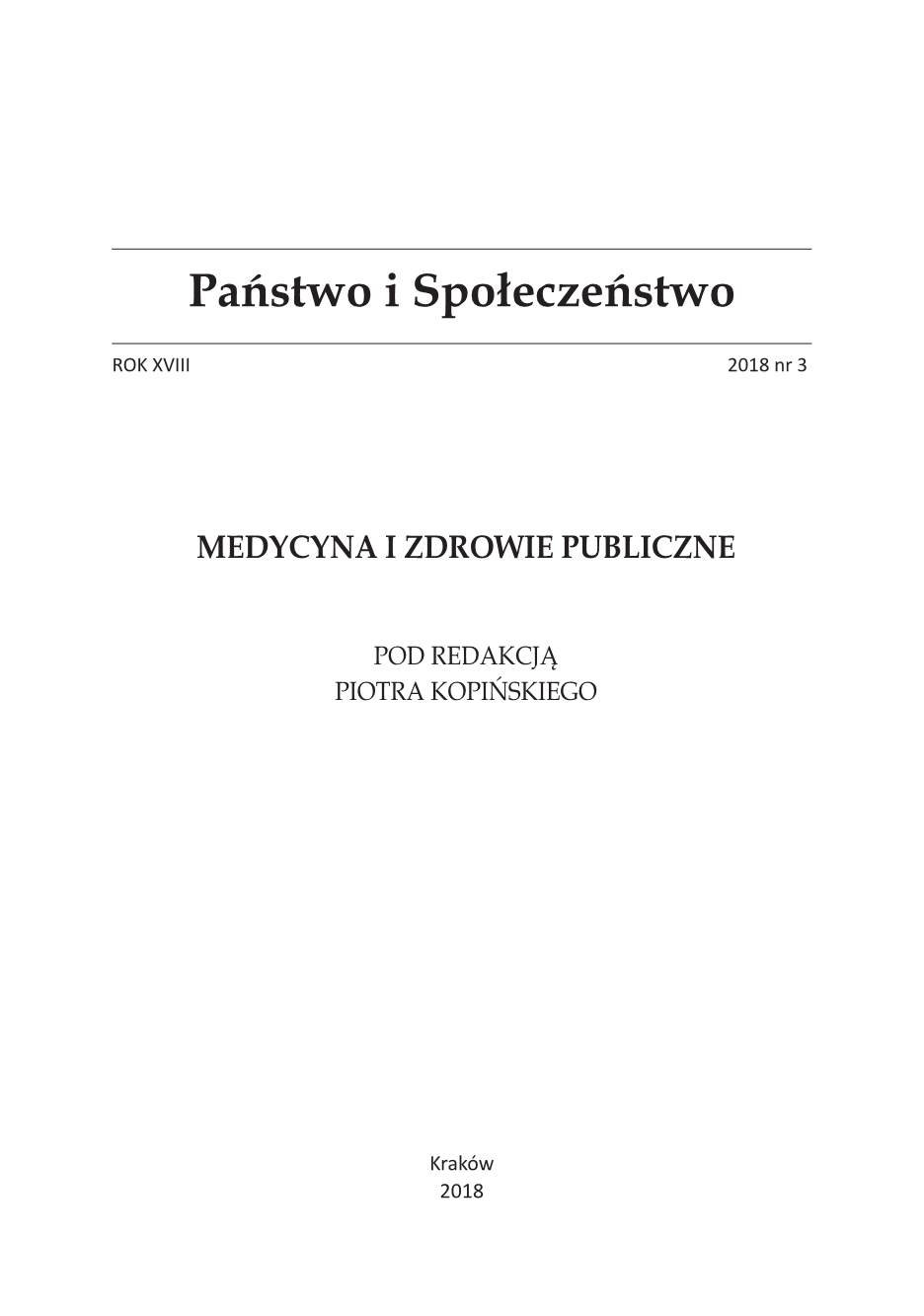Zastosowanie wielokrotnych podań mezenchymalnych komórek macierzystych pochodzących z galarety Whartona w leczeniu niepełnego uszkodzenia rdzenia kręgowego – opis przypadku
Multiple applications of mesenchymal stem cells derived from Wharton’s jelly in the treatment of incomplete spinal cord injury – case report
Author(s): Olga Milczarek, Stanisław Kwiatkowski, Marcin Majka, Patrycja Swadźba, Jakub SwadźbaSubject(s): Health and medicine and law
Published by: Oficyna Wydawnicza KA AFM
Keywords: mesenchymal stem cells (MSC); Wharton’s jelly; incomplete spinal cord injury regenerative medicine;
Summary/Abstract: Introduction: Interruption of the spinal cord’s continuity remains an incurable disease, leading to loss of neurological and mechanical functions below the level of damage. Until now, there are no effective ways to treat patients with this type of injury. Cellular therapies are an intensively developing new method of treatment that can lead to the regeneration of a damaged spinal cord. The aim of this study was to assess the safety and potential efficacy of Wharton’s Jelly Mesenchymal Stem Cells (WJMSC) in a patient with an incomplete disruption of the spinal cord’s continuity. Material and methods: A patient with incomplete discontinuation of the spinal cord at Th11–12 level was qualified for experimental therapy using WJMSCs. The patient was rated according to American Spinal Injury Association Impairment Scale (ASIA). The patient underwent a five-time administration of WJMSCs every 3 months. Results: During the therapy there were no side effects directly related to the experimental treatment. After each administration of WJMSC, permanent neurological improvement was observed, followed by improvement in quality of life. The patient’s ASIA score changed from A/B to C/D. The level of sensation decreased significantly from Th12 to L3–4. The patient regained the ability to move his legs in the support, using the active mobility of the quadriceps muscles on both sides with the advantage of the left lower limb. EMG, ENG and SEP objectively confirmed the improvement. Conclusions: The results of WJMSCs treatment indicate an objective improvement in the patient with chronic incomplete spinal cord injury.
Journal: Państwo i Społeczeństwo
- Issue Year: XVIII/2018
- Issue No: 3
- Page Range: 135-147
- Page Count: 13
- Language: Polish

